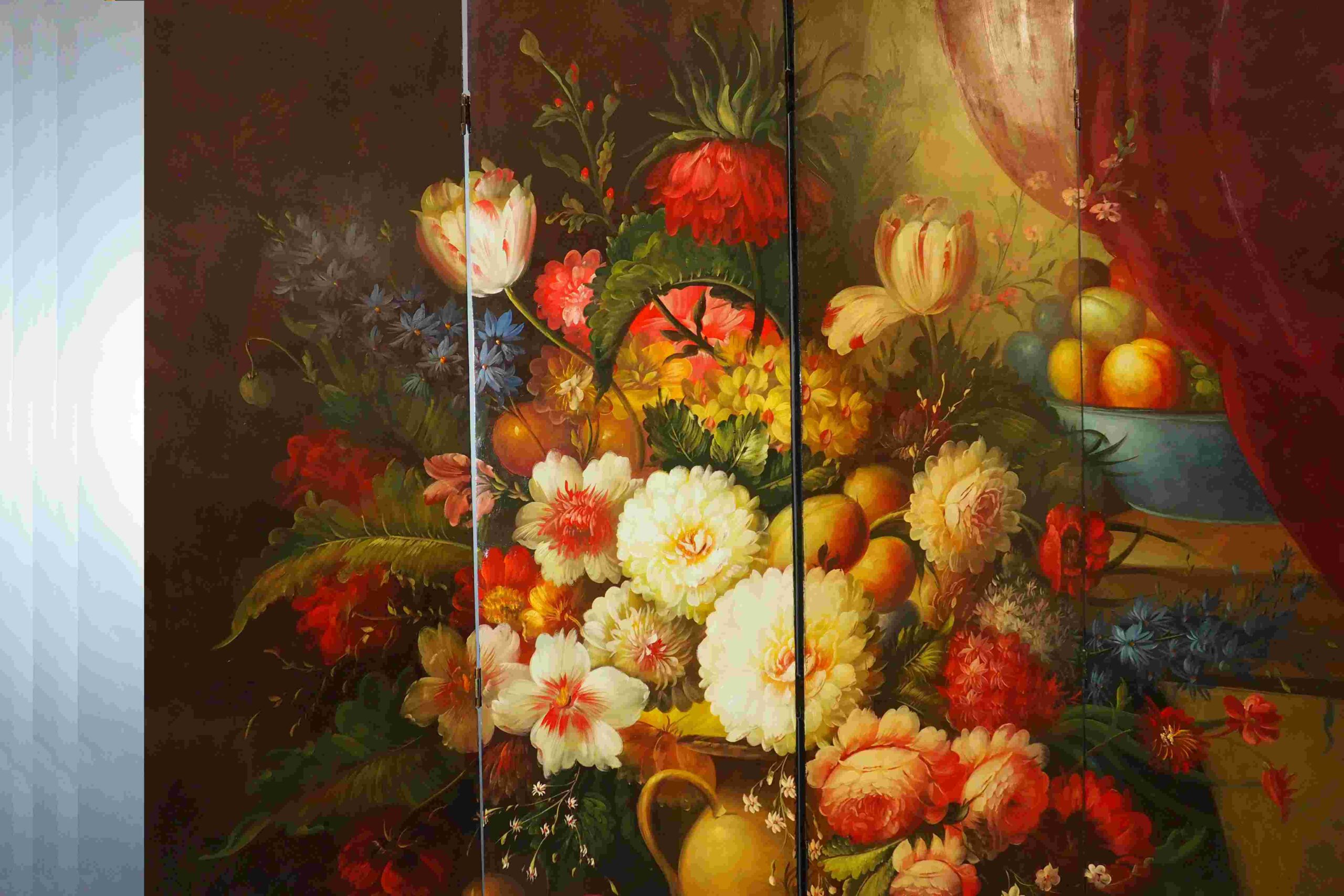Antik-France - The most beautiful Antiques
Welcome to our Antik-France gallery.
The most beautiful antiques from France, Europe, Russia and Asia
in our catalog, and we ship to every country
to every country in the world.
OUR NEW PRODUCTS
Oil or moderator lamps
Dear visitors, a brief explanation of oil lamps and some of the visible features of their inner workings...
Chandelier restoration
Large gilded bronze chandelier before restorationThe chandelier! How important this light-bearing object is for...




























